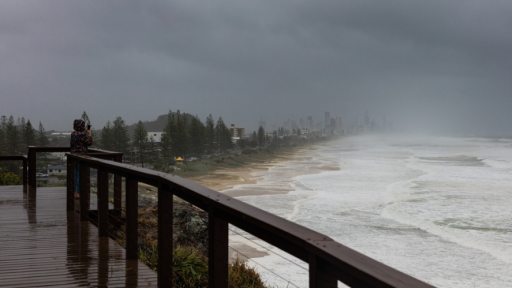The Gold Coast has seen a concerning drop in tourist numbers in the last year with cost-of-living pressures blamed as one of the reasons behind the slump.
According to the latest figures from Tourism Research Australia, the city welcomed 12.3 million domestic, international and day trip visitors in the 12 months to June.
That’s down from 13.1 million in the previous year.
Overall spending is also down in the last year, from $7.9 billion in the 12 months to June 2023, to $7.7 billion to June 2024.
The number of domestic tourists coming to the Gold Coast fell from 4.3 million to 4.1 million.
There were 14.4 million visitor nights by domestic tourists, more than a million less than the previous year while their spending was down from $5.6 billion to $5.3 billion.
International tourism to the Gold Coast continues its very slow recovery from the pandemic with just 647,000 visitors from overseas in the 12 months to June, which is still only 62 per cent of pre-COVID levels.
The number of day trippers to the Gold Coast is also down in the last year from 7.7 million to 7.4 million, with spending falling from $1.15 billion to $1.06 billion.
Despite the dip in the last year, tourism bosses are staying optimistic, saying the city remains a premier destination for visitors.
“The new figures show that we have positively navigated the post-lockdown landscape, maintaining total visitor nights at 22.5 million, which is just 13.9 per cent shy of 2019 levels while Queensland and Australia both saw sharp declines,” Experience Gold Coast CEO John Warn said.
“Total visitation has so far recovered by 91 per cent year-on-year as we look ahead with confidence to close in on pre-pandemic visitor levels and rebuild a more sustainable visitor economy.”
Mr Warn concedes the international market remains a challenge.
“Overall, our visitor economy is stabilising, with international visitation restored to 62 per cent of pre-pandemic levels as international visitor expenditure recovered by 86 per cent.”
“Rebuilding international arrivals continues to be a priority, with top markets including New Zealand, South Korea, the UK, China and USA.”











